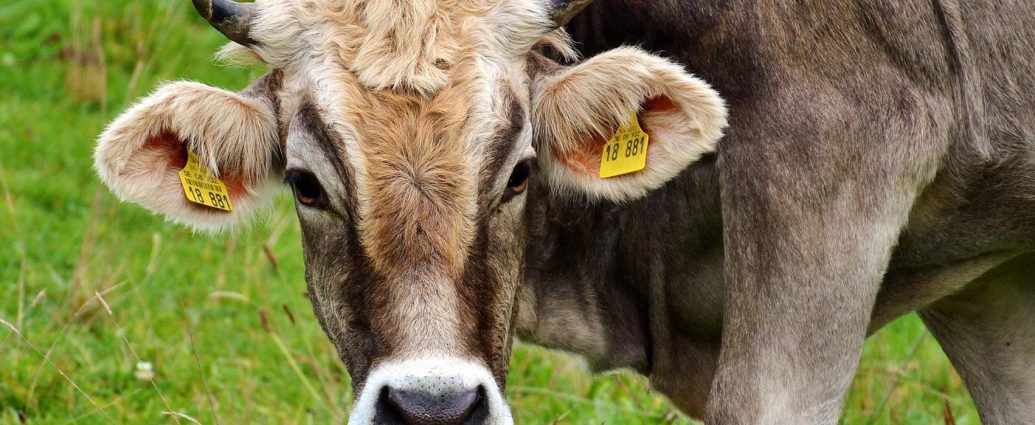If you have looked into sustainability in food and restaurants, you may have come across information about cattle already. Animal agriculture is resource-intensive and has a substantial carbon footprint. While some restaurants and consumers opt to replace animal products with plant-based alternatives to become more sustainable, many people don’t want to, or are unable to reduce or replace all animal products. Since there will always be demand for animal products, it’s important that farmers implement new innovations to help move animal agriculture towards a more sustainable future.
The majority of agricultural carbon emissions comes from cattle. Producing compatible amounts of both dairy and meat products, as well as innovating new cattle farming practices, has reduced the environmental impact of U.S. cattle over the years. However, there is still room for positive change. One of the new routes to greener beef is improving the diets farmers feed their cattle.
Feeding cows a diet of high-quality grains and vegetables has a positive impact, as opposed to the more common method of primarily feeding cows low-quality food such as soybeans or corn. Farmers should also consider the resources and transportation emissions that go into their food; local and sustainably grown cattle feed can help reduce emissions further up in the supply chain. Grinding up food can also reduce emissions by as much as 40%, however, that is not always an option for farmers since it is expensive. Adding unsaturated fatty acids to the diets of cows can reduce emissions by up to 37%, but it lowers the quality of milk, which can affect farmer’s profits. One approach that may become more common in the future is feeding cows seaweed. Changing 1% of a cow’s diet to seaweed can reduce methane emissions by up to 60%.
While cow diets may become the innovative new way to reduce emissions, there are some sustainable practices that cattle farms already use. If you are searching for a source of sustainable beef, you can look for farms that sustainably graze. Also, U.S. beef produces less emissions from transportation, and tends to be more sustainable since we have a high demand for both beef and dairy, unlike in countries with skewed demand for one product over another, such as India.
Overall, there are a number of options for farmers who want to become more sustainable, and as technology improves, so will farming practices. If you run a restaurant or food production company, communicating with local farmers and keeping aware about the upcoming agricultural innovations can hold your business to a higher standard of sustainability.
—McLennan

